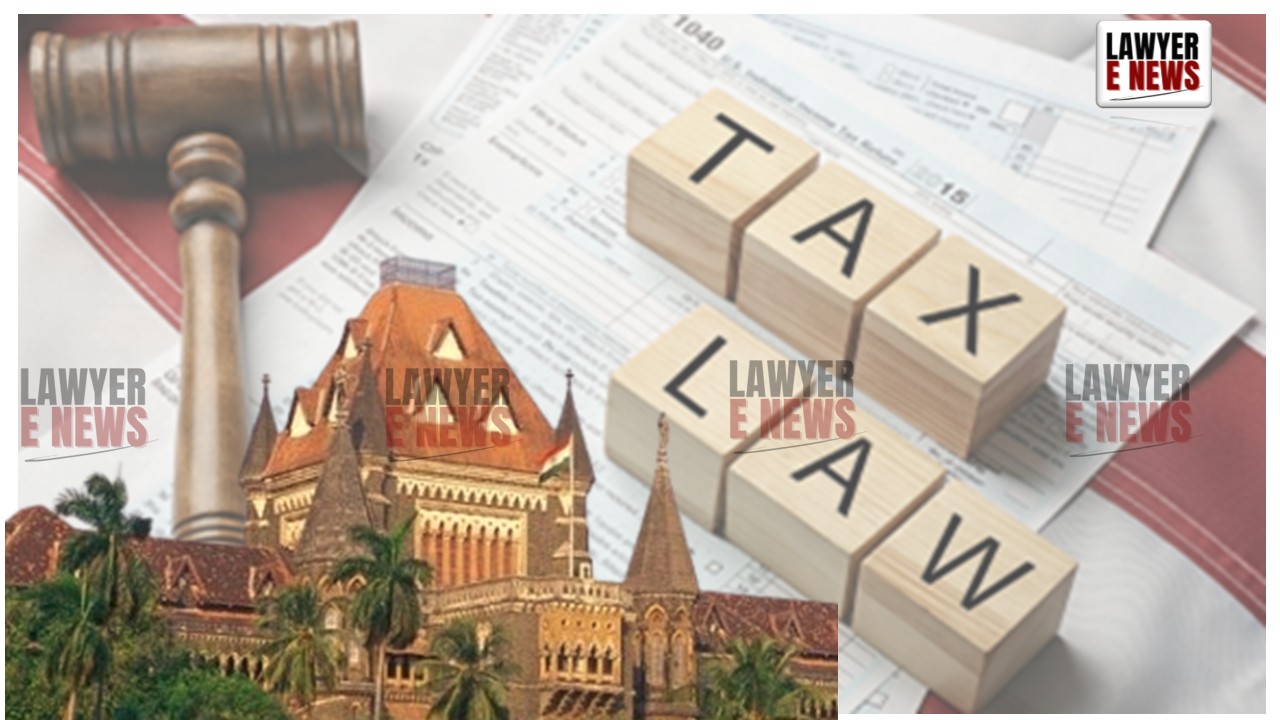-
by Admin
17 December 2025 8:55 AM



“You don’t produce books of accounts, can’t trace the suppliers, claim your hard disk crashed, and still expect the taxman to believe your ₹9 crore purchases were genuine? That’s not non-compliance, that’s concealment,” - In a stinging rebuke to an alleged misuse of trading records and grey market dealings, the Bombay High Court reversed the partial tax relief granted to Drisha Impex Pvt. Ltd., a Mumbai-based trading company that failed to establish the authenticity of over ₹9 crore in purchase entries.
Calling the 3% disallowance ordered by the Income Tax Appellate Tribunal (ITAT) not just “perverse” but legally baseless, the Court restored the entire ₹6.15 crore addition made by the Assessing Officer, remarking that the ITAT effectively built a “fictional case” in favour of the assessee — one the assessee never even pleaded.
“The Tribunal went beyond its adjudicatory role and created a new narrative — that the purchases were made from grey market. But the assessee never took that stand, nor was any evidence led in that direction.”
“The Tribunal’s logic is astonishing — you admit the purchases are bogus but still walk away with a 97% deduction?”
The case, Pr. Commissioner of Income Tax-12 v. Drisha Impex Pvt. Ltd., arose from the company’s alleged purchases of electronics and trading goods during the Assessment Year 2009–10. While the assessee had shown purchase invoices and made payments by cheque, the entire transaction trail collapsed under scrutiny — with summons returning unserved, suppliers being untraceable, and even related parties distancing themselves from the deal.
The Assessing Officer disallowed the peak of the alleged bogus purchases at ₹6.15 crore, but this was scaled down by CIT(A) to just 1% and then enhanced by ITAT to a mere 3%, citing grey market logic.
But the High Court found the entire estimation exercise fatally flawed.
“There was no finding that the grey market existed for these purchases. No correlation between any sales and these entries. No profit element established. And most importantly — the assessee never argued it in the first place.”
“Legal fiction cannot replace legal proof — and here, there was neither.”
The Court came down heavily on the inconsistency between the Tribunal's conclusions and the admitted facts. The assessee had no stock register, no transport bills, and even claimed that critical digital records were lost due to a hard disk crash.
“The story was not just unproven — it was unbelievable. One cannot run a business worth ₹9 crore on oral recollections and phantom books.”
The Bench of Justices M.S. Sonak and Jitendra Jain declared that the Revenue was right in disallowing the entire amount and that no estimation or percentage-based relief could be granted once the purchases were held to be bogus in totality.
“It’s not about whether Section 69C was named — it’s about whether the factual basis for disallowance was clearly established. And in this case, it undeniably was.”
Rejecting the argument that the specific provision used was unclear, the Court clarified that tax authorities are not bound to invoke a section by number when the factual foundation justifies an addition.
The Court said the assessee was repeatedly given opportunities to explain its transactions, produce books, or confirm parties — but failed at every stage. Once the finding of “bogus purchases” became final, the question was only whether 100% disallowance was justified, and the Court found that it absolutely was.
“Having accepted that the purchases were bogus, the ITAT could not then permit a 3% escape route based on a fictional argument never raised by the assessee.”
“When even the parties who allegedly sold you the goods can’t be traced — and you shrug it off with excuses — don’t expect tax authorities to foot the bill for your creative accounting.”
The Court accordingly allowed the Revenue’s appeal and restored the full addition made by the Assessing Officer. The decisions of both CIT(A) and ITAT were set aside in full.
Date of Decision: April 7, 2025
